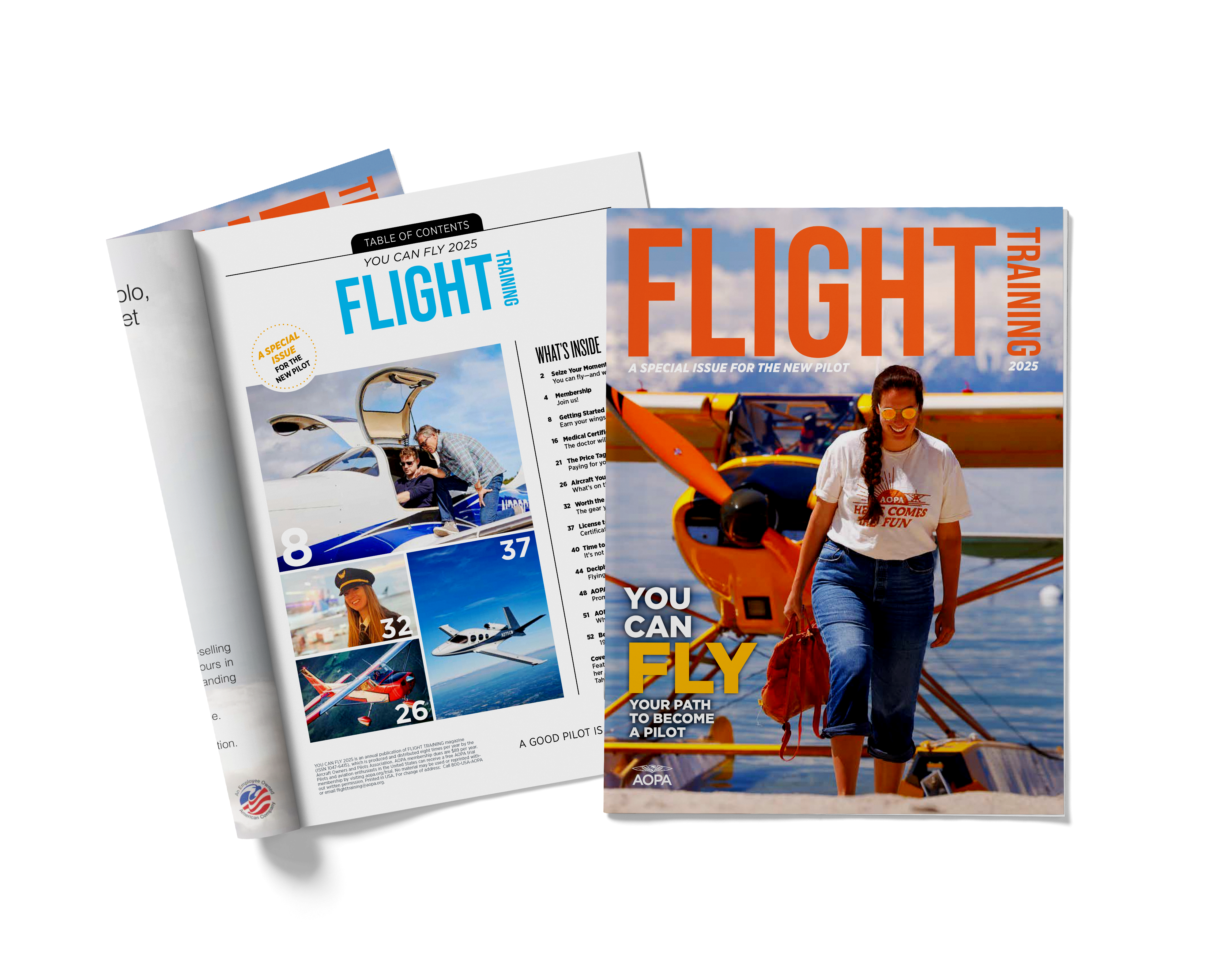Training and Safety Tip: Shedding light on defining night
For most people, once the sun sets it’s nighttime. But it’s not that simple when it comes to FAA regulations pertaining to night flight: The rules for aircraft lighting, carrying passengers, and logging night flight all use completely different definitions of night.
Aircraft lighting

Starting with the simplest rule (FAR 91.209), aircraft position and anticollision lights must be turned on between sunset and sunrise. In flight that is. Avoid using strobe lights while taxiing because it will have a blinding effect on other pilots, similar to not dimming your headlights for oncoming cars while driving at night. Sunrise and sunset—as defined in the Aeronautical Information Manual—refer to the times when the upper edge of the disk of the sun is on the horizon. So that’s pretty straight forward. But for advance planning purposes, you can easily look up sunrise and sunset times in your favorite electronic flight bag.
Carrying passengers
You need to meet separate night currency requirements (FAR 61.57(b)) from your daytime currency to carry passengers at night. In this case you must have completed three takeoffs and three full stop landings within the preceding 90 days. According to the reg, nighttime is defined for this purpose as beginning one hour after sunset and ending one hour before sunrise, when it’s good and properly dark.
Logging night flight
But that’s not the end of the night. To log night flight for certificate requirements (FAR 1.1)—three hours for a private pilot certificate—you must fly in what I’ll call regulation darkness: the period of time between the end of evening civil twilight and the beginning of morning civil twilight. If you want to impress a designated pilot examiner, memorize that the end of evening civil twilight is when the geometric center of the setting sun is 6 degrees below the horizon and the start of morning civil twilight is when the geometric center of the rising sun is the same 6 degrees below the horizon. Rest assured that you can easily look up local civil twilight times in most weather apps, or in The Air Almanac published annually by the U.S. Naval Observatory. Generally speaking, it works out to a little under a half-hour after sunset and roughly a half-hour before sunrise
On the bright side, beyond the tangled regs, night flight expands your pilot skill set, giving you greater capability to go places no matter how the time of day is defined.

You Can Fly !

This beginning pilots' resource guide explains what you can expect from your introductory flight through initial training— and how to turn your dream of flying into reality. Simply enter your name and email address.




